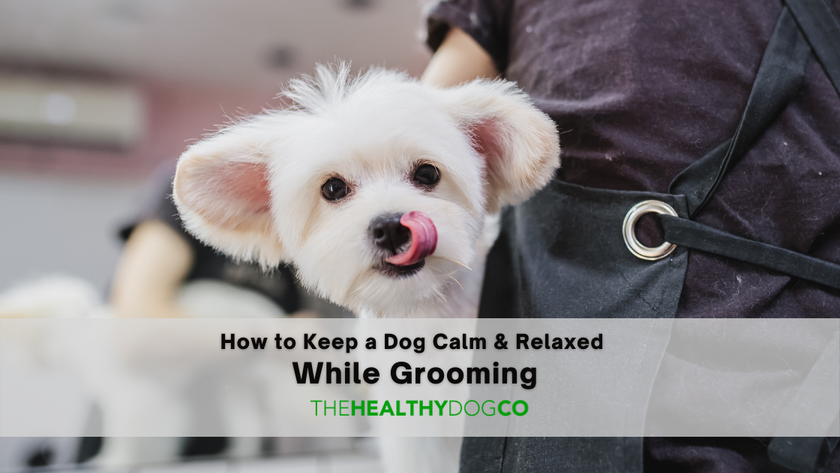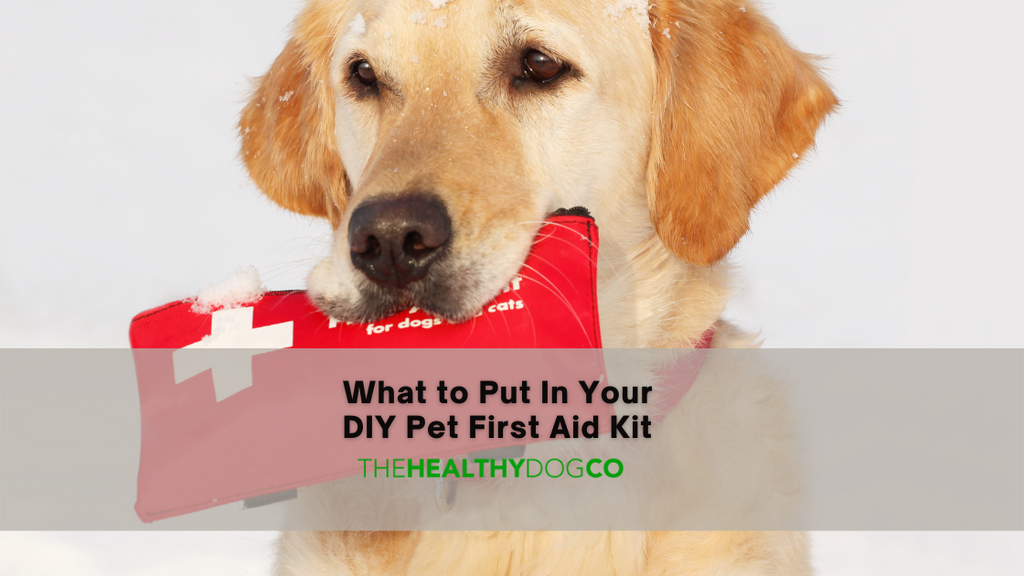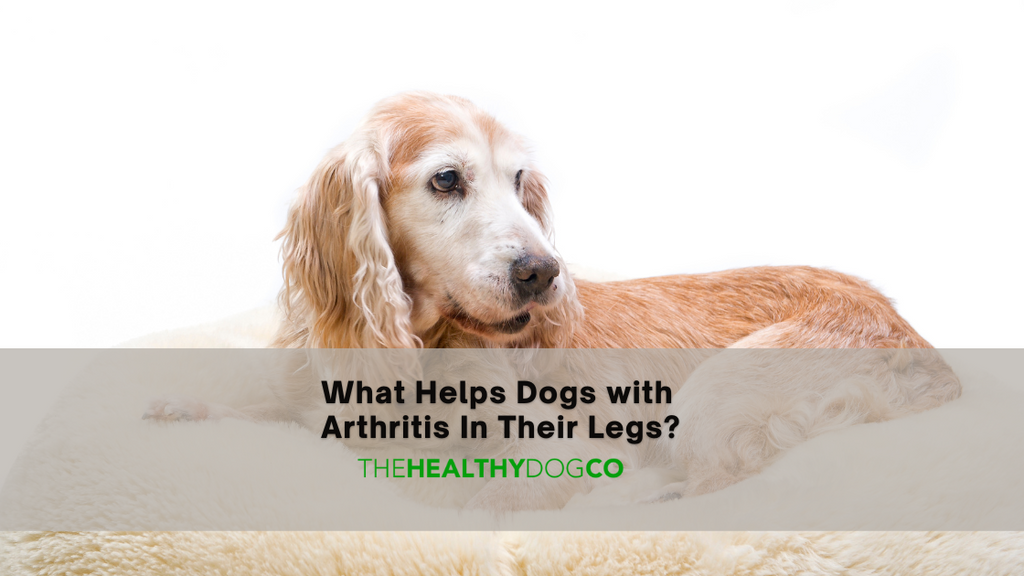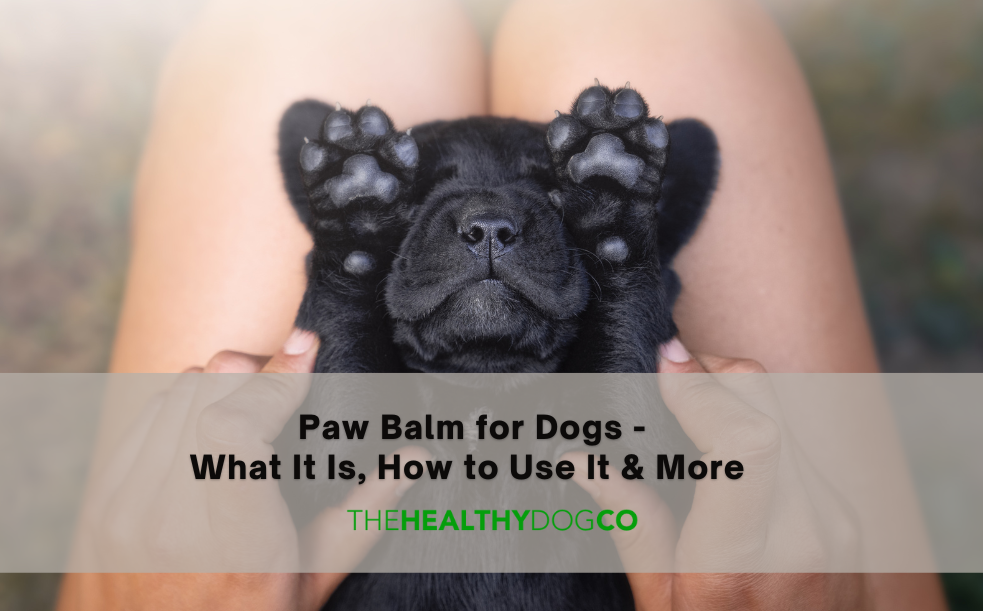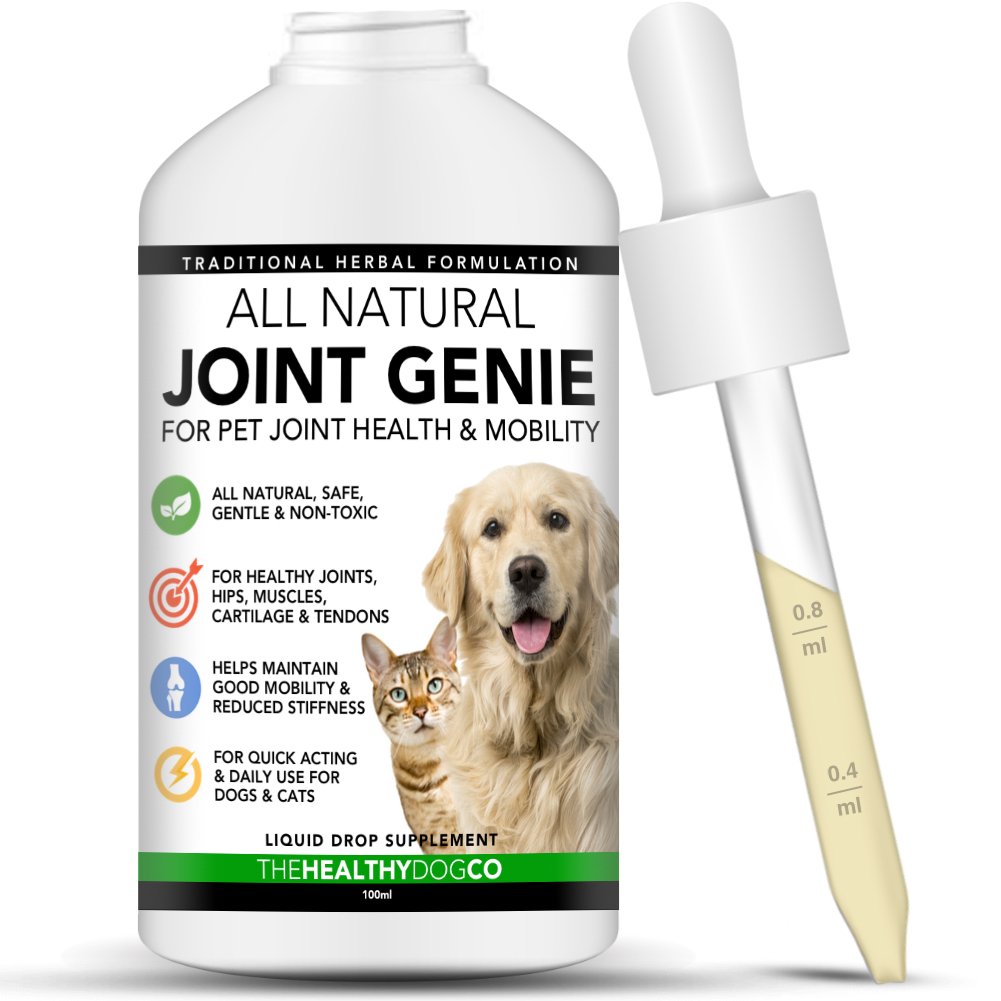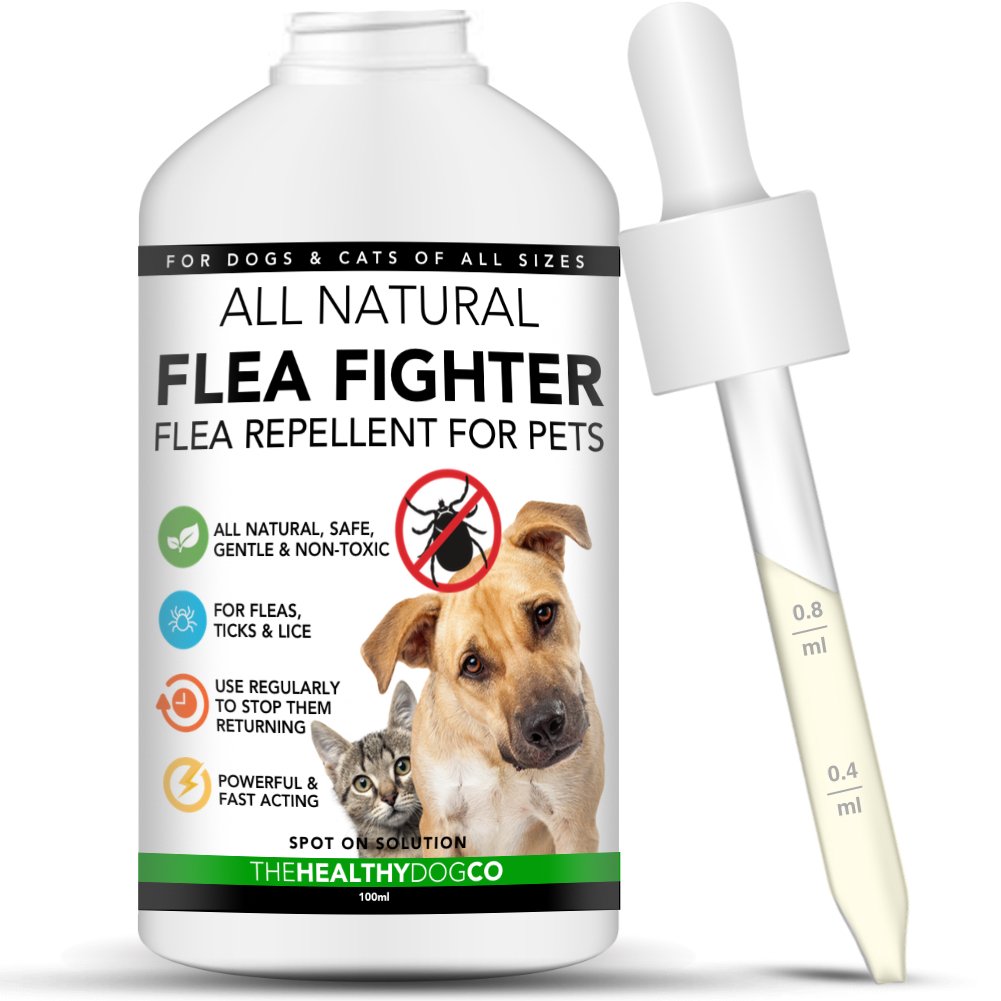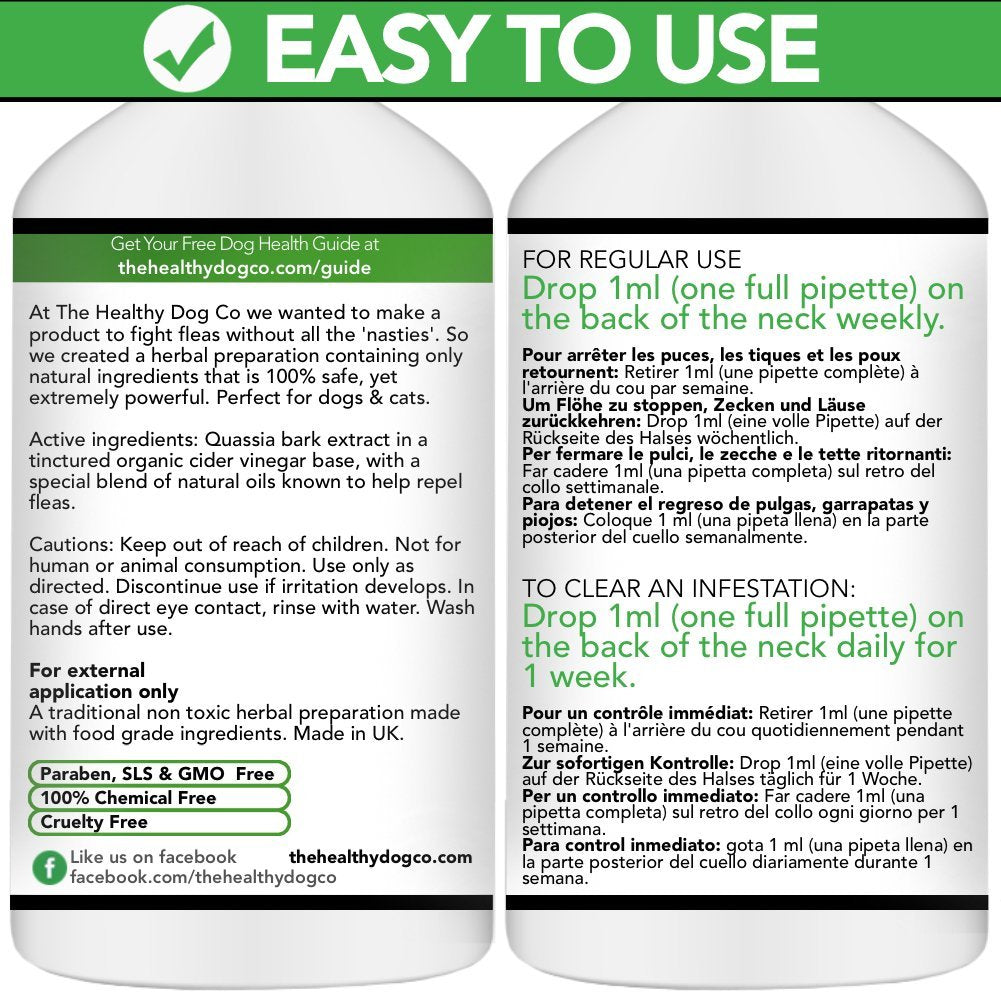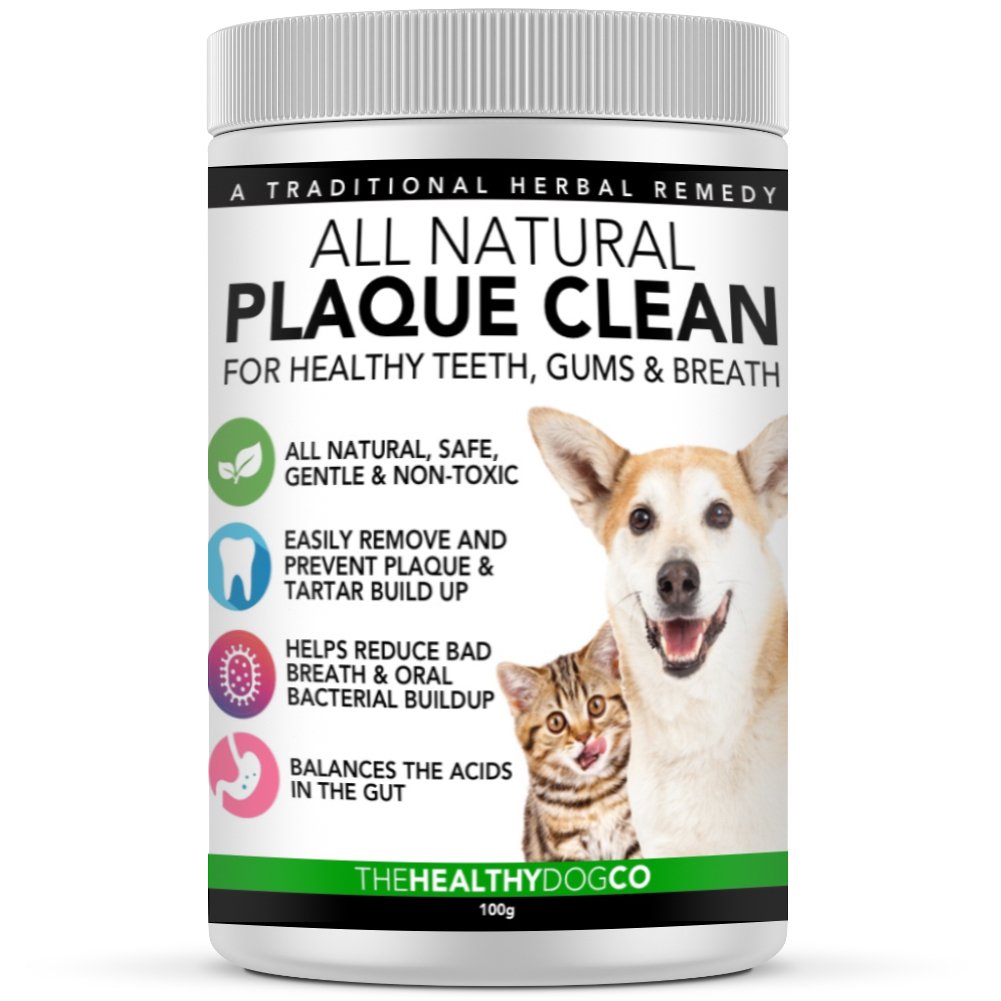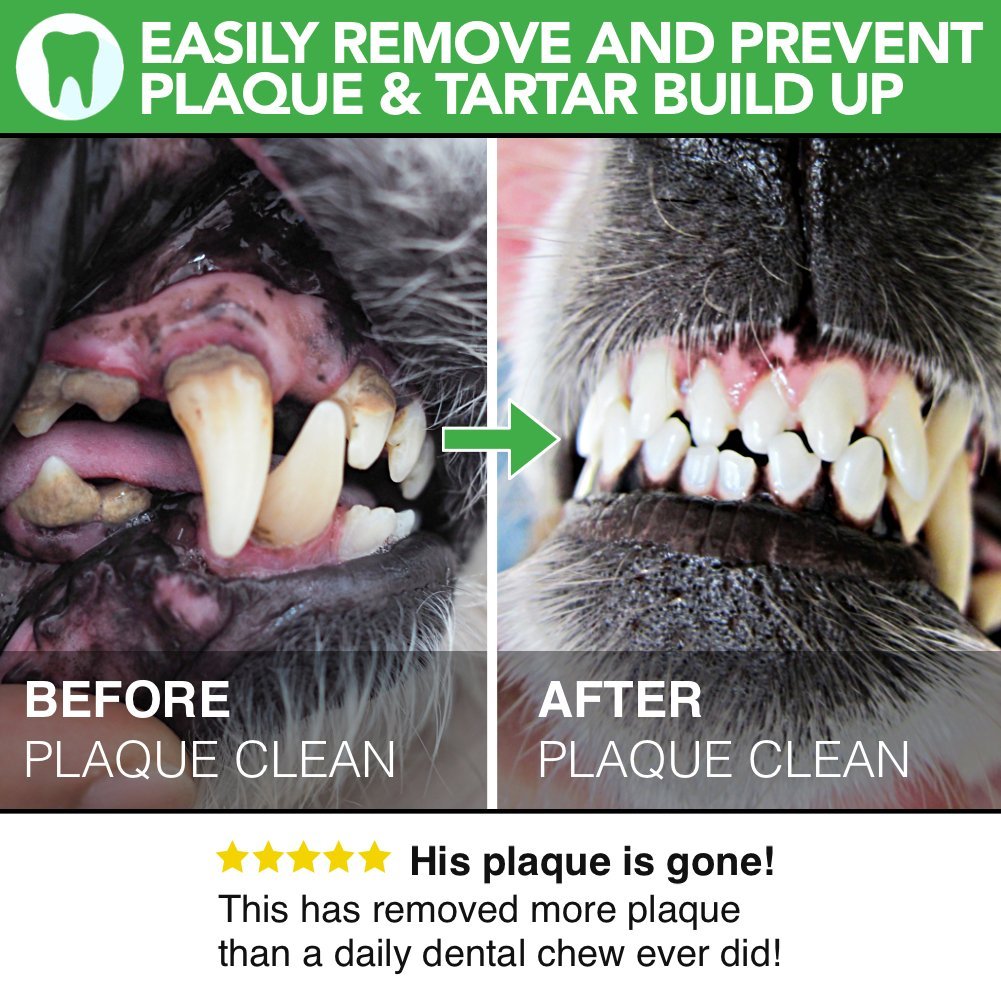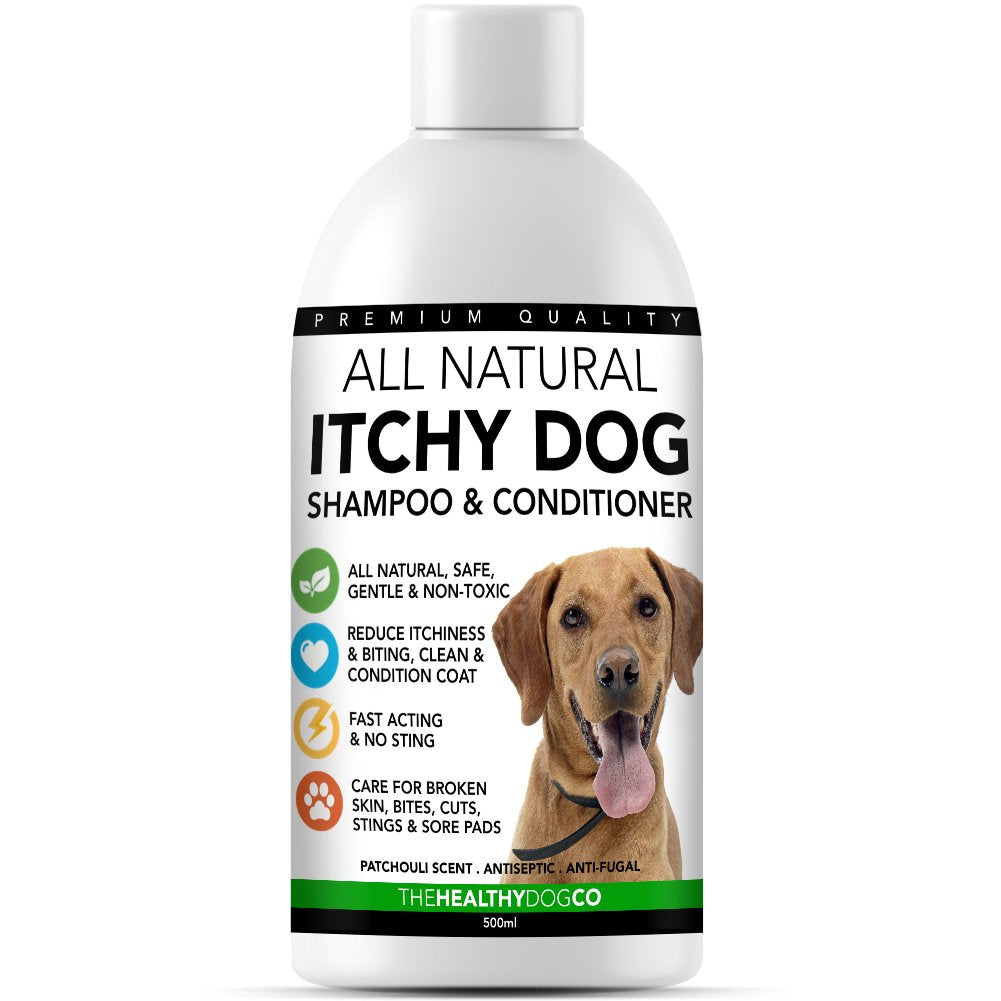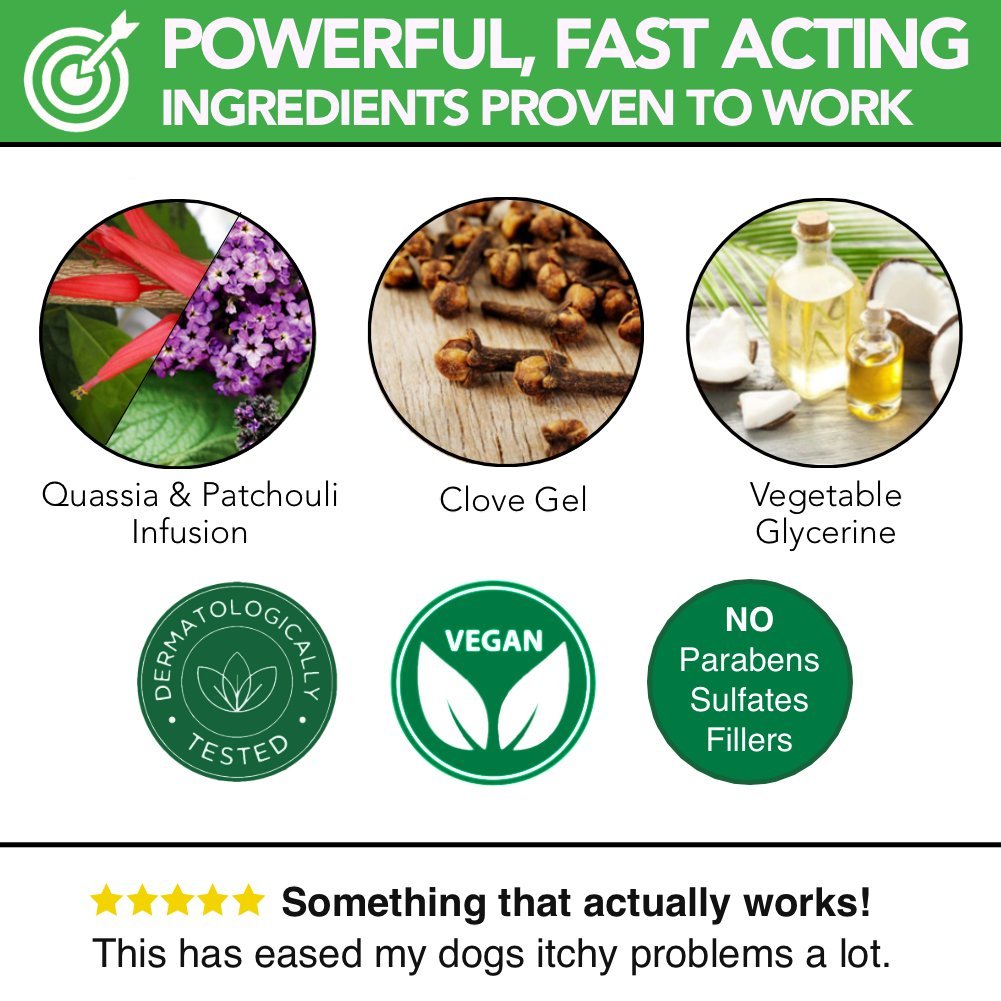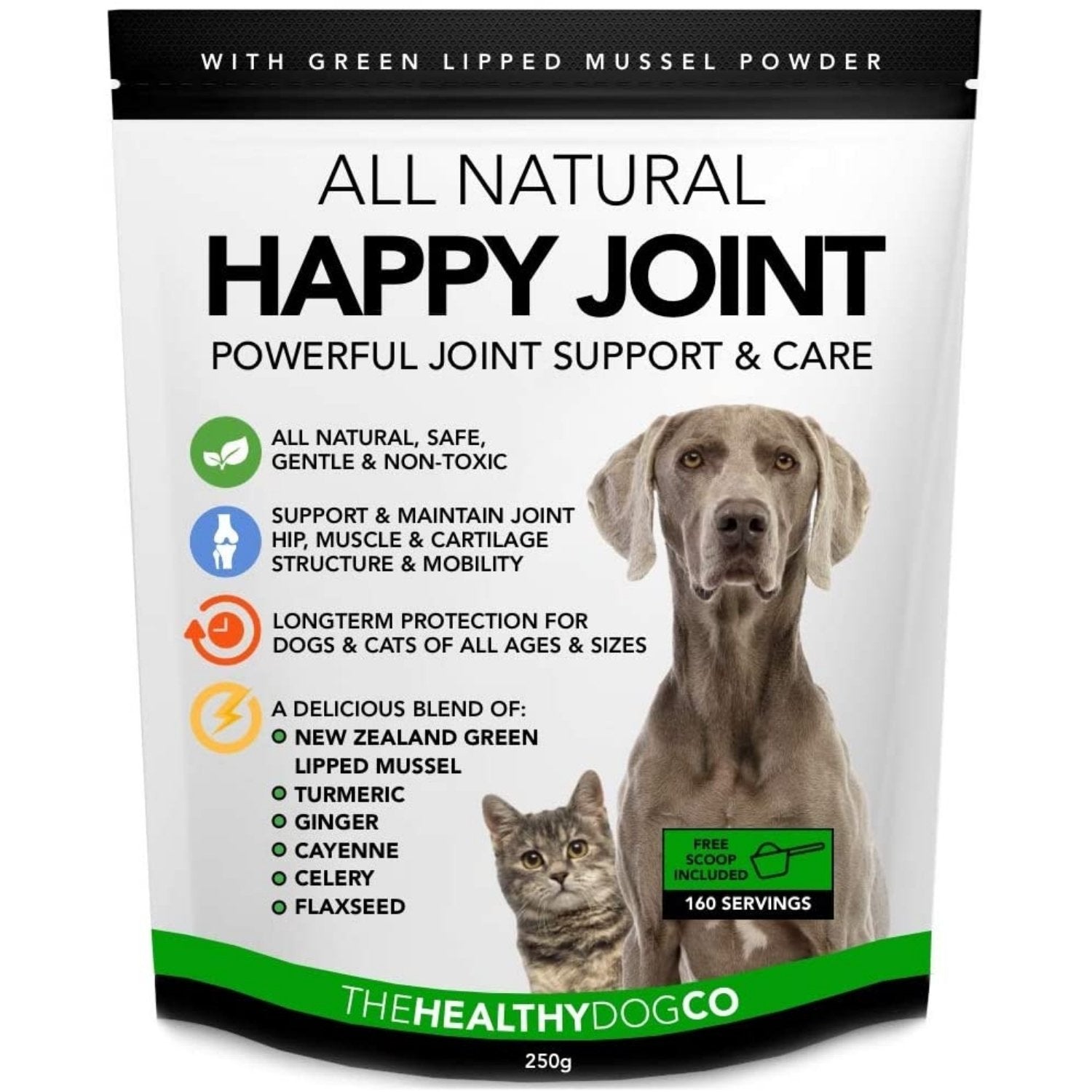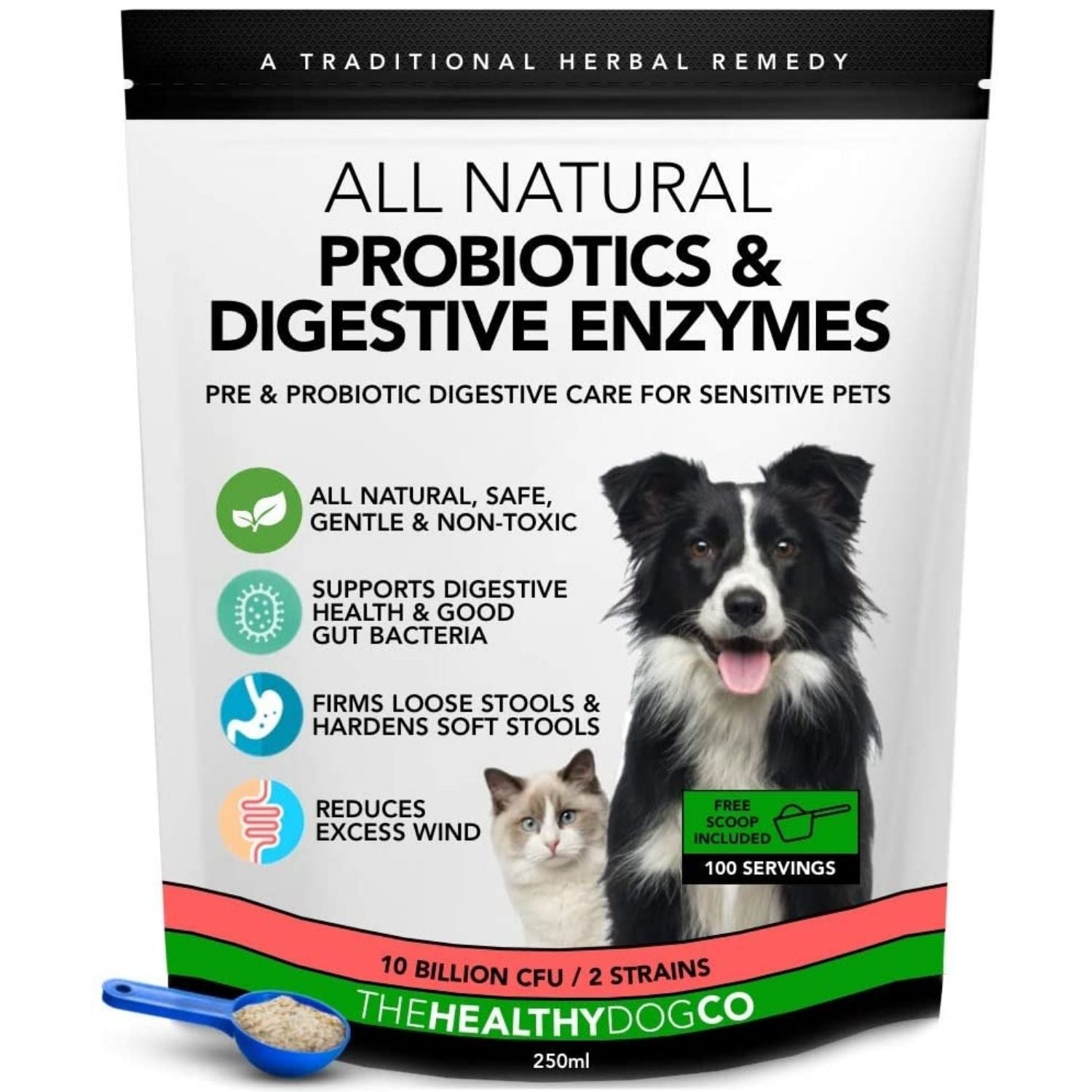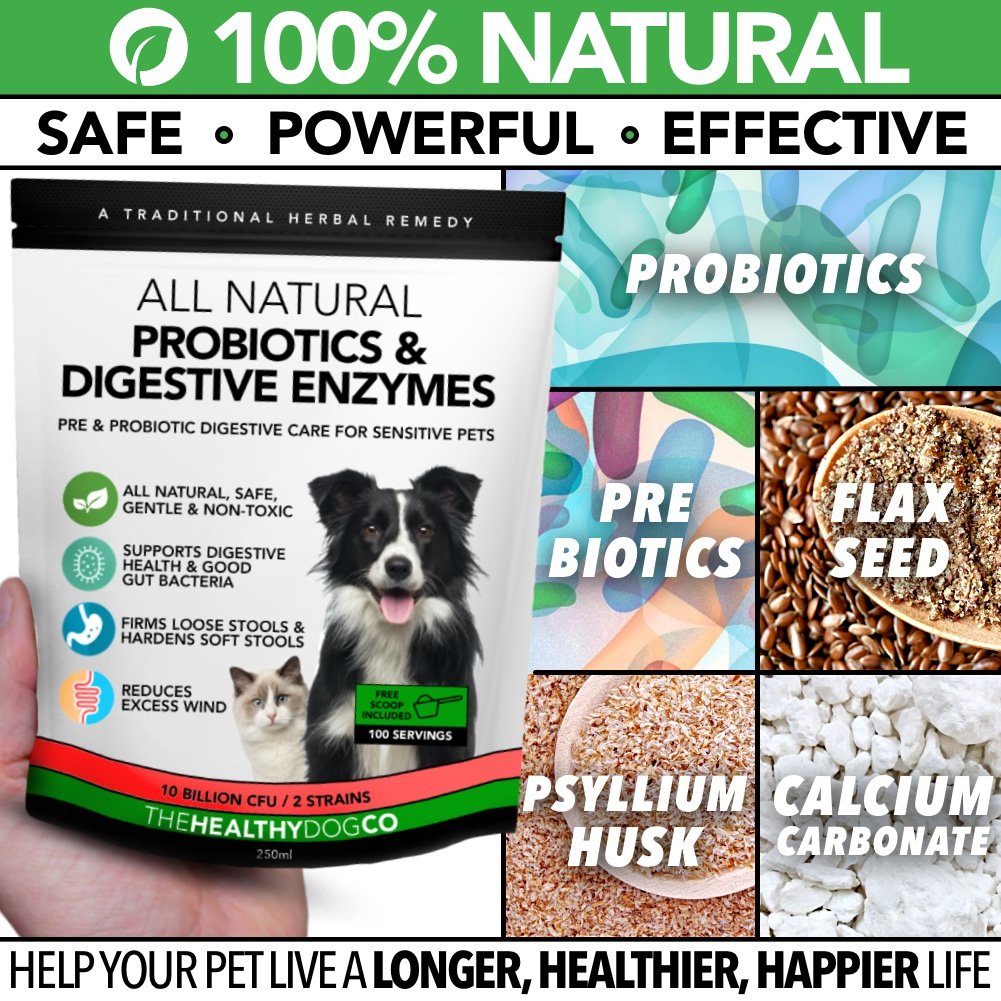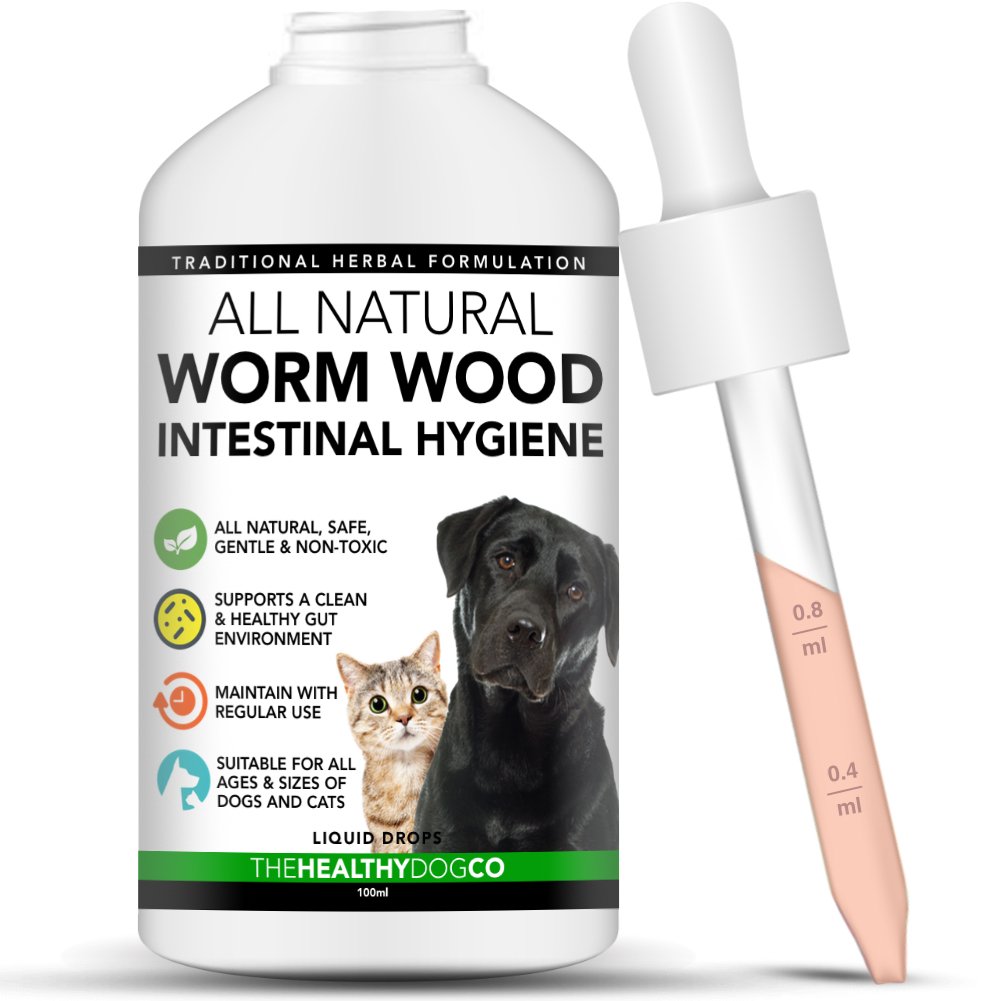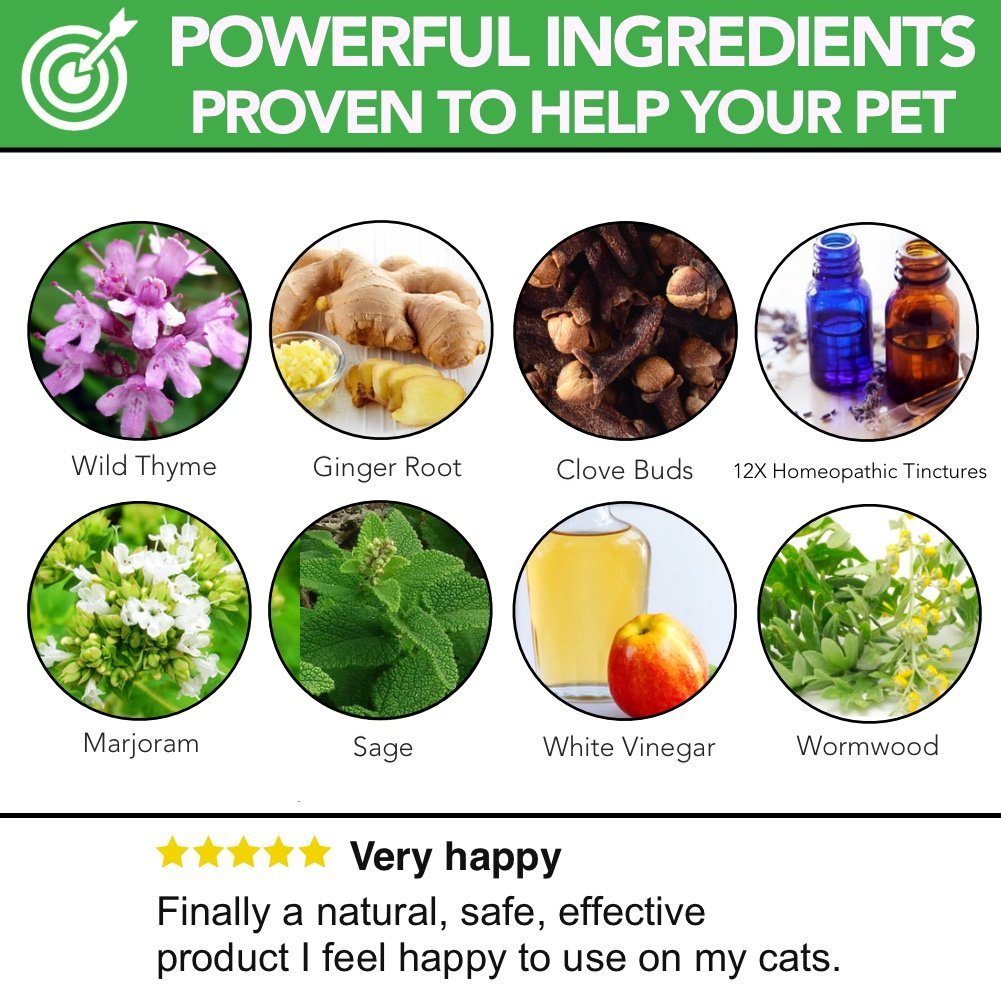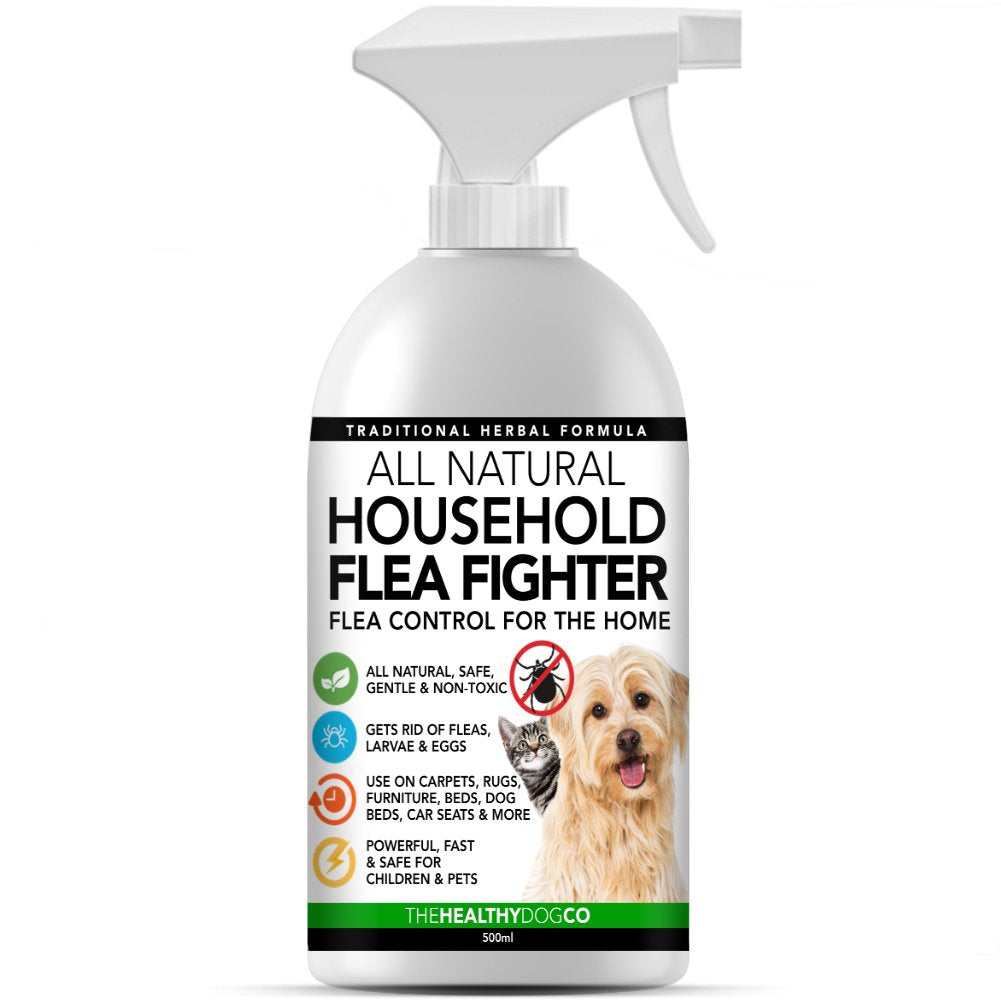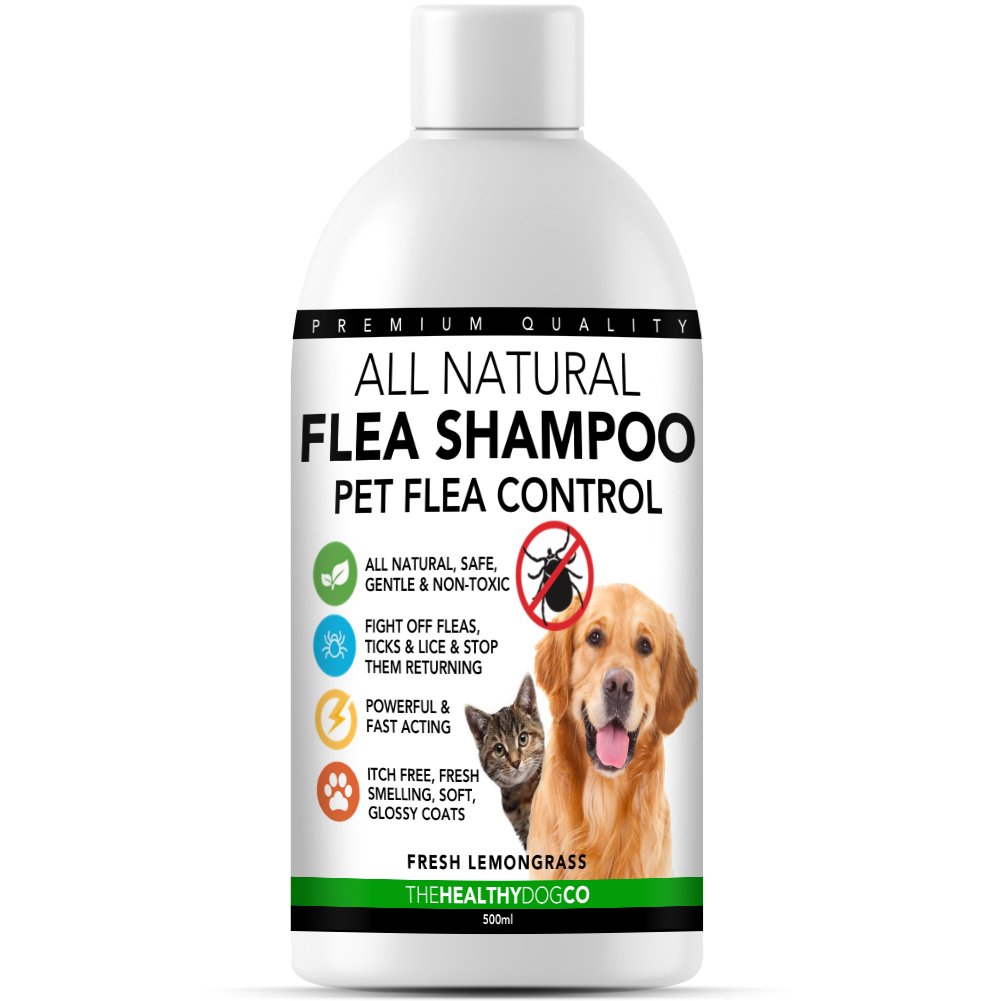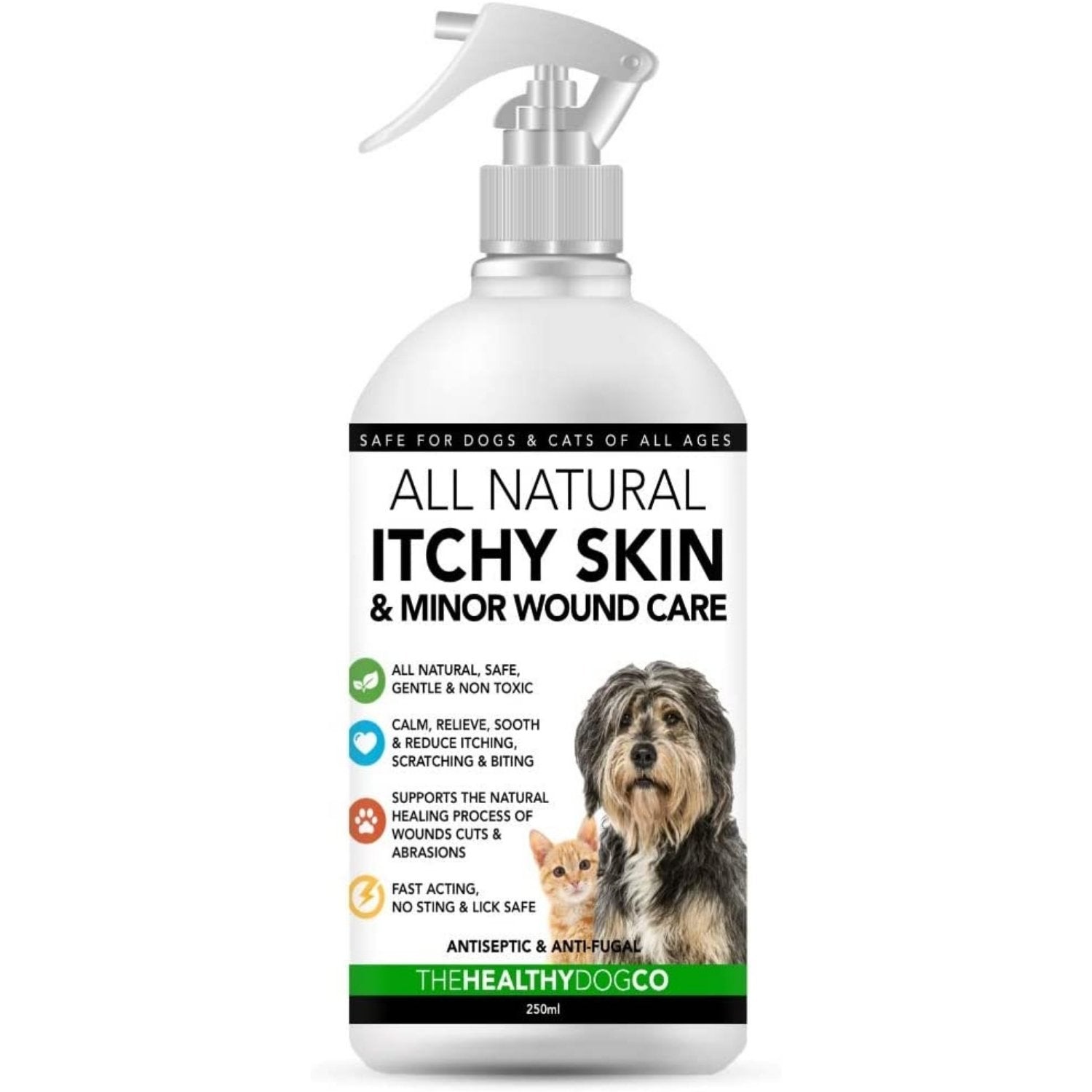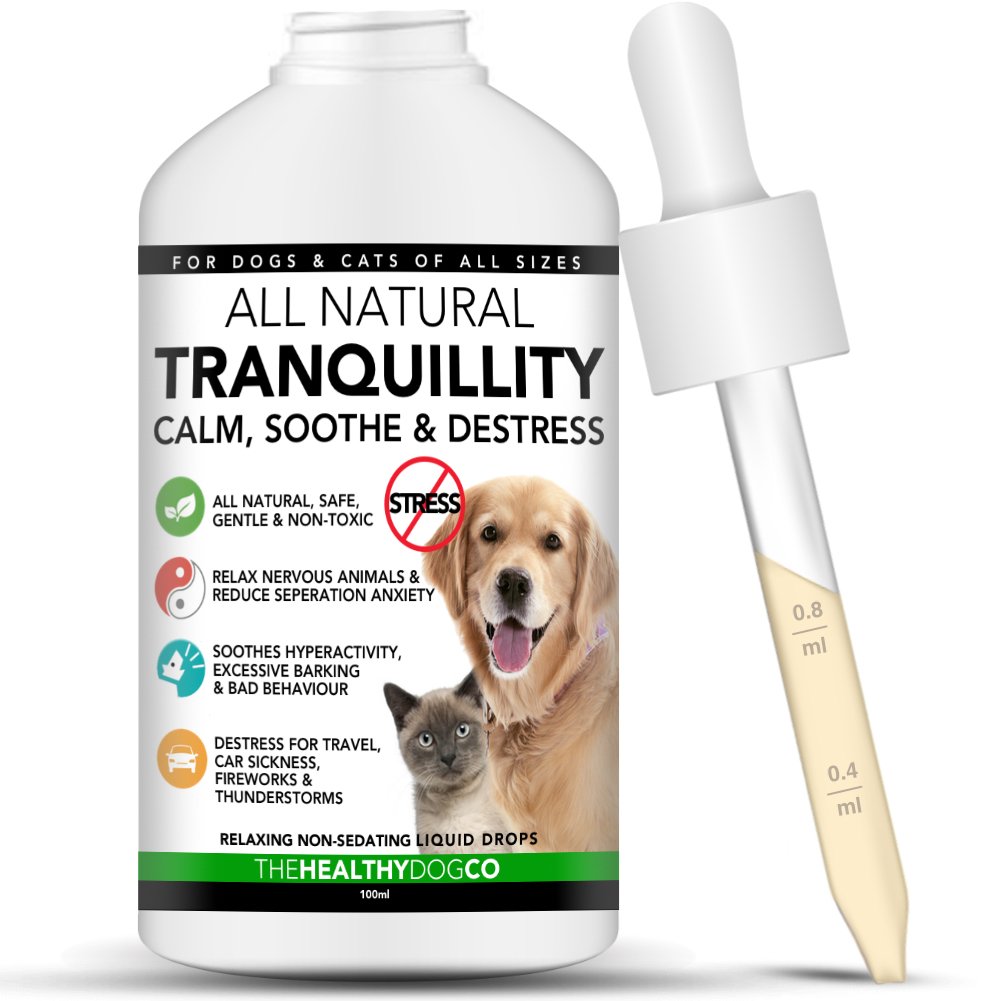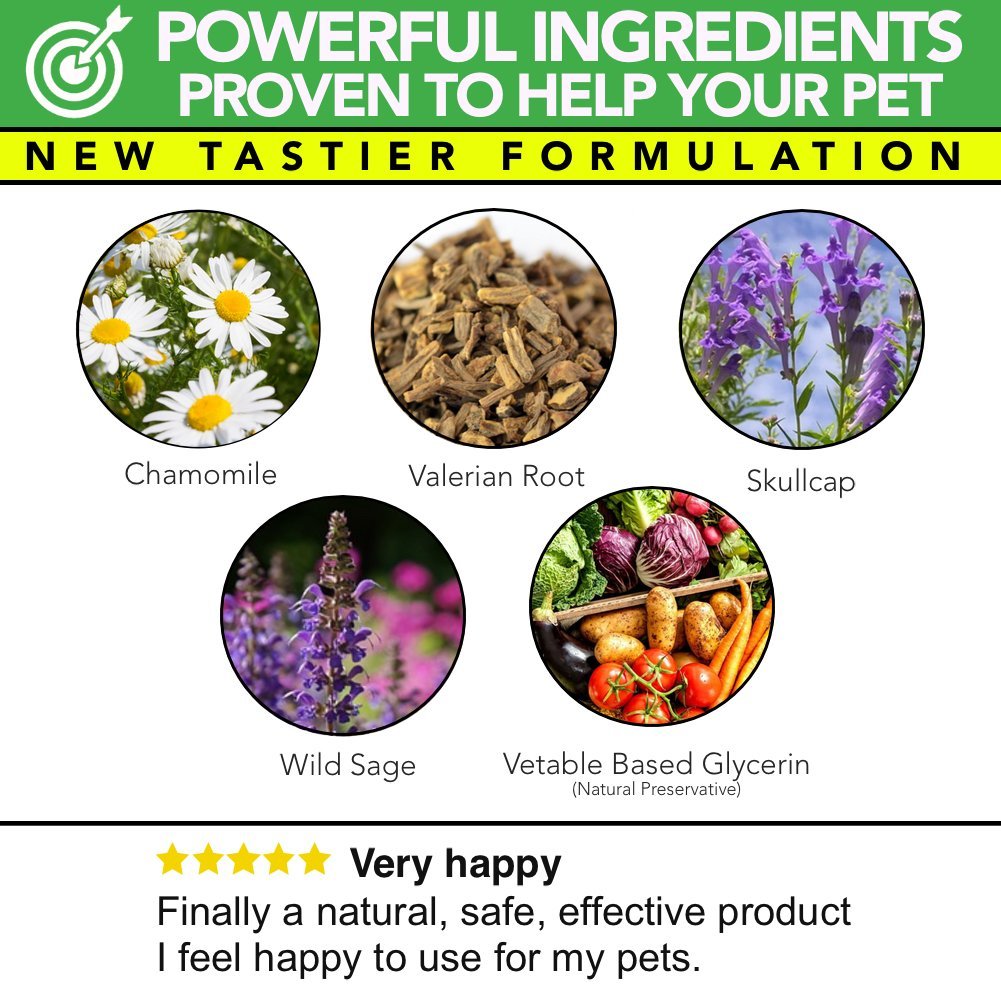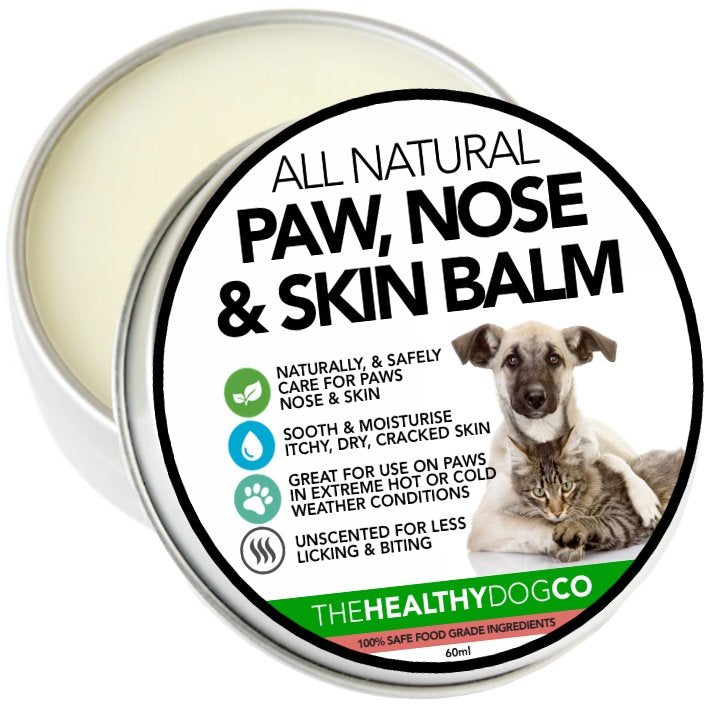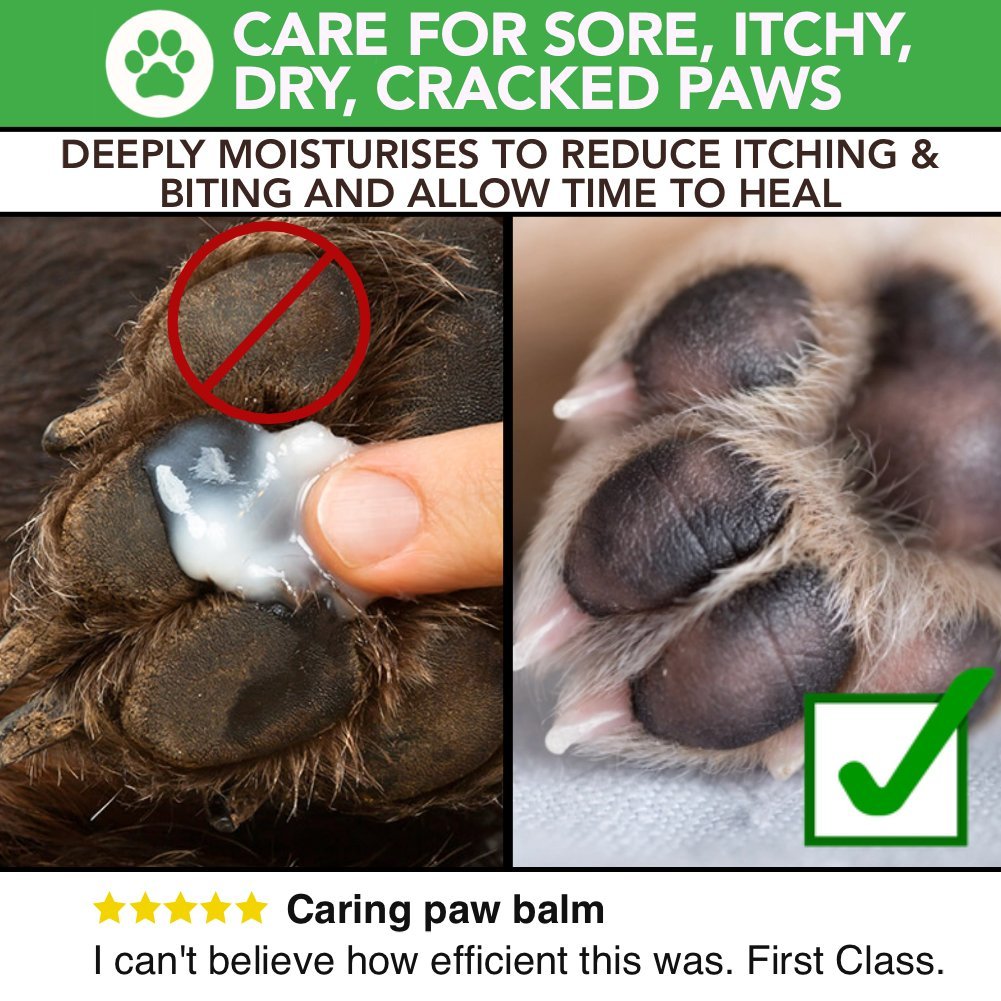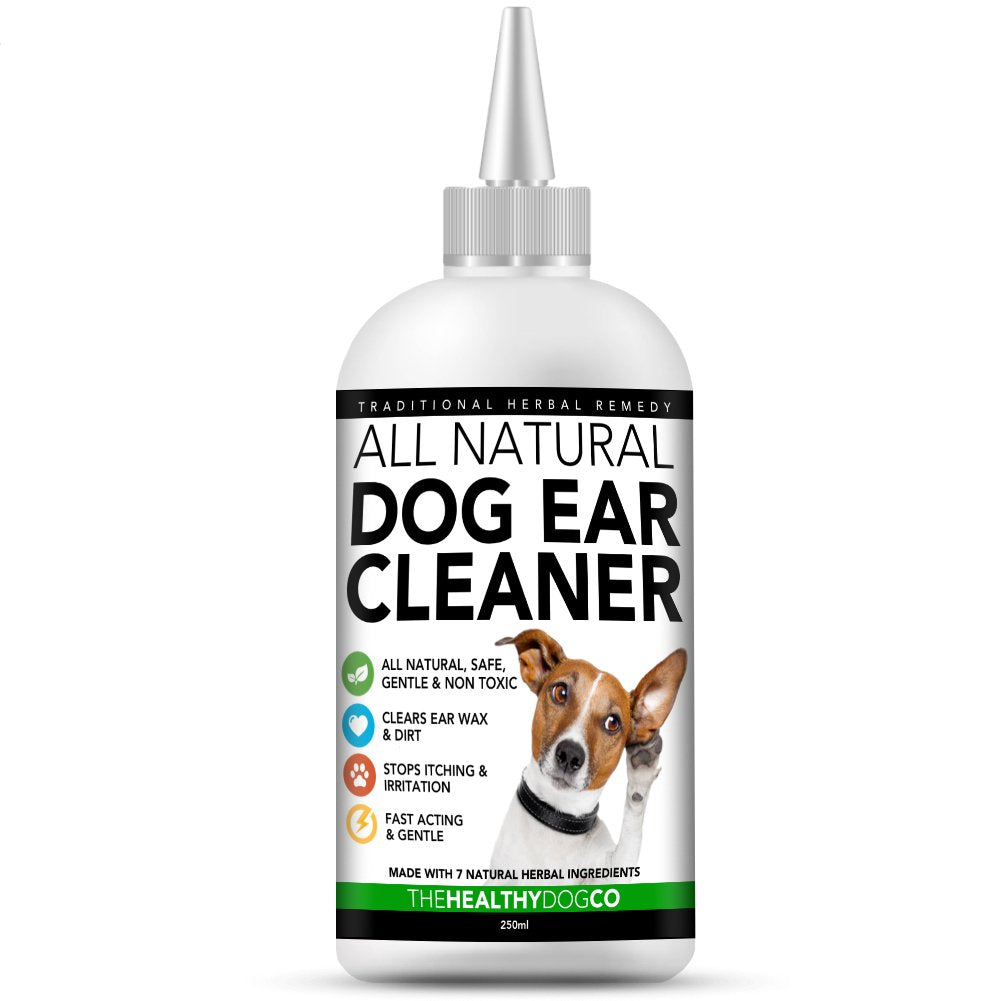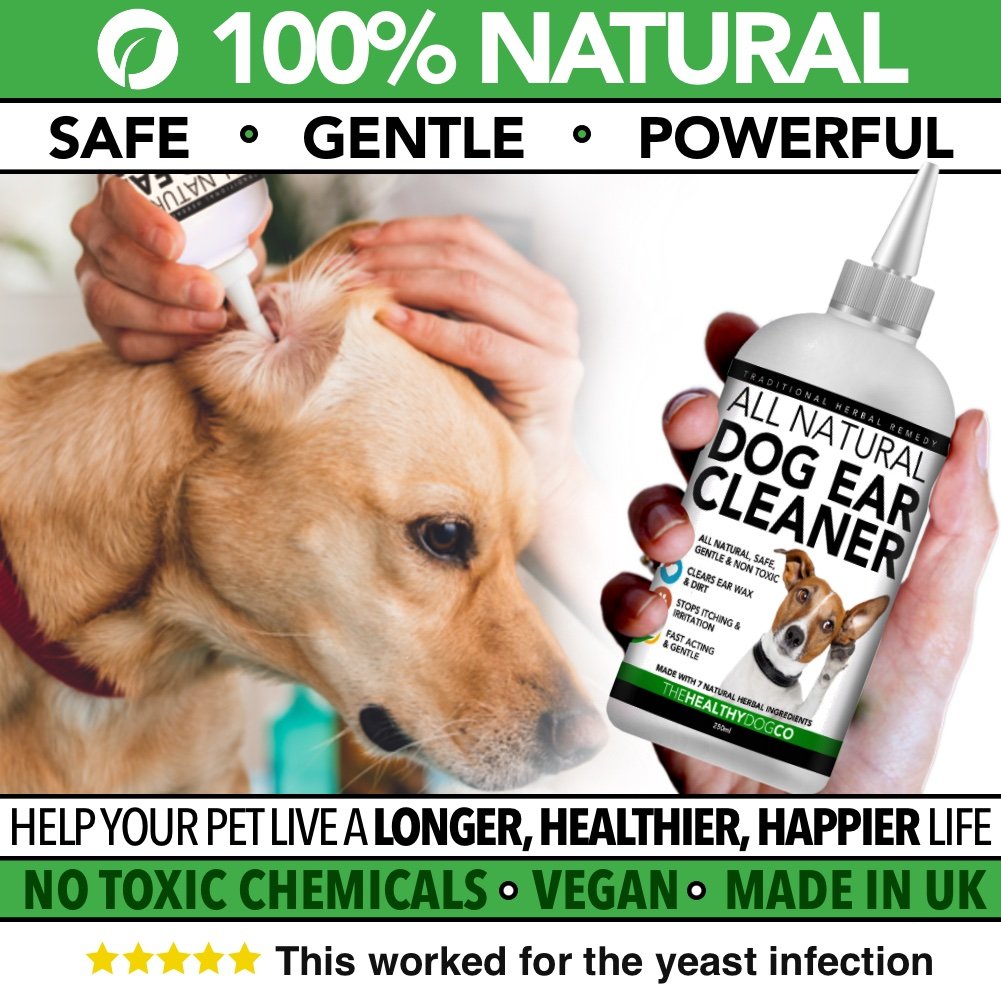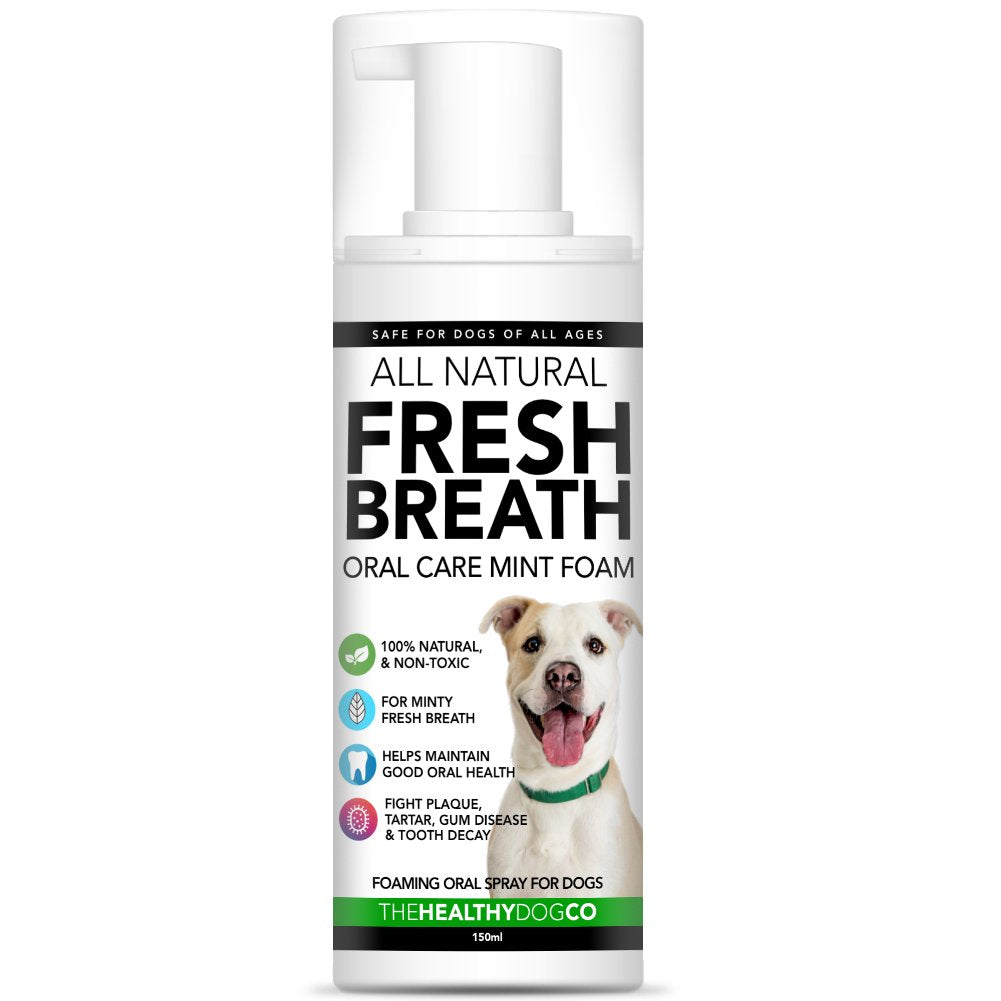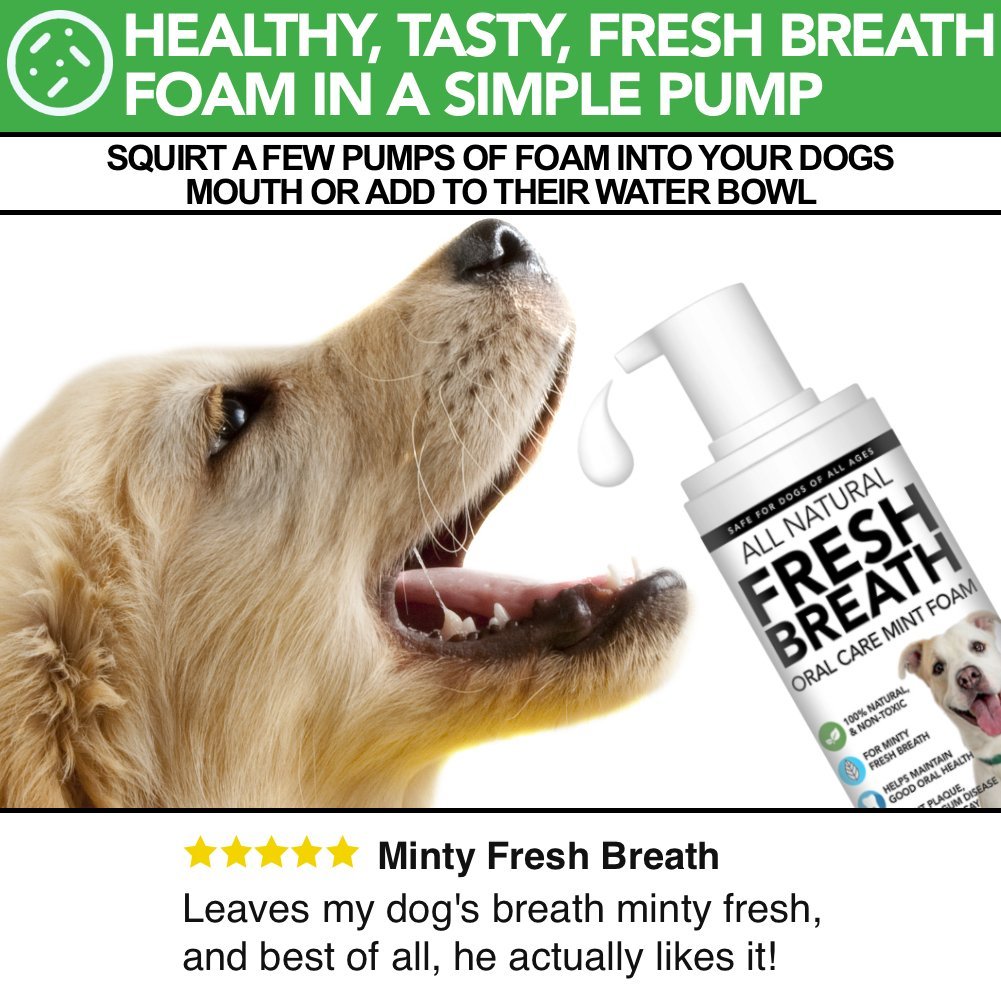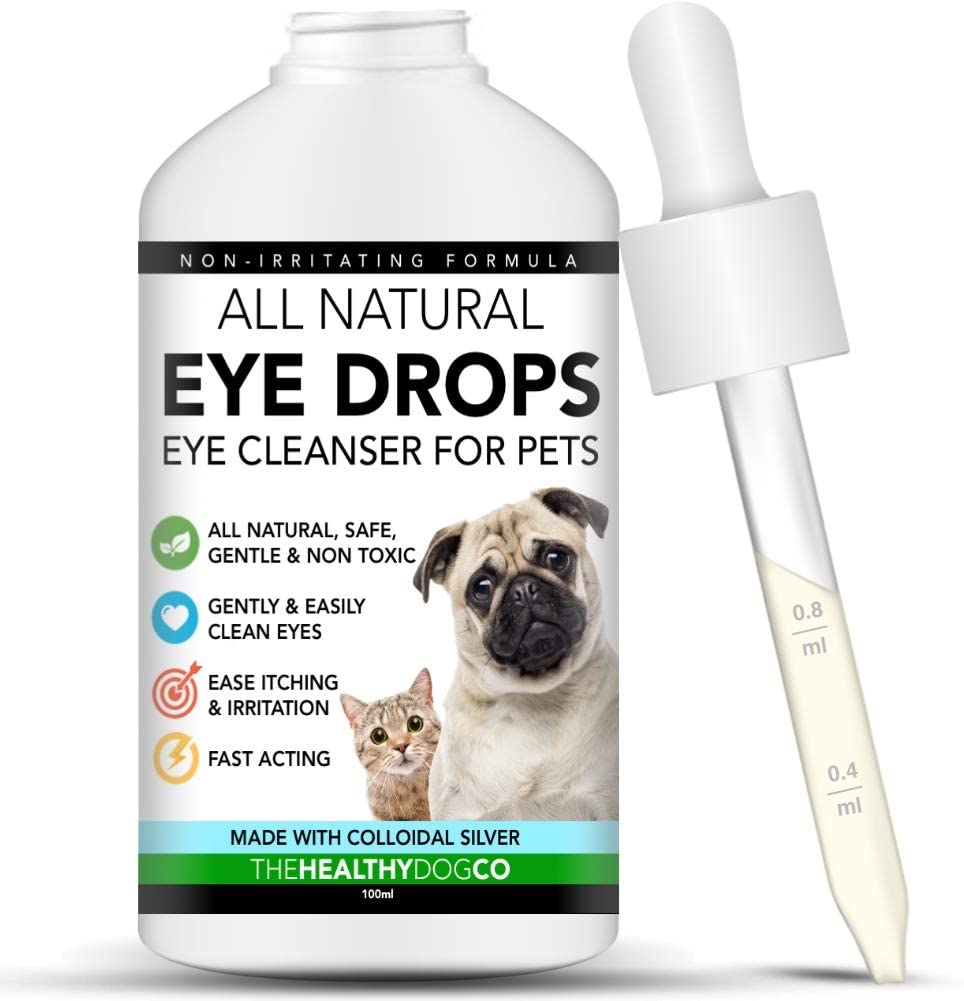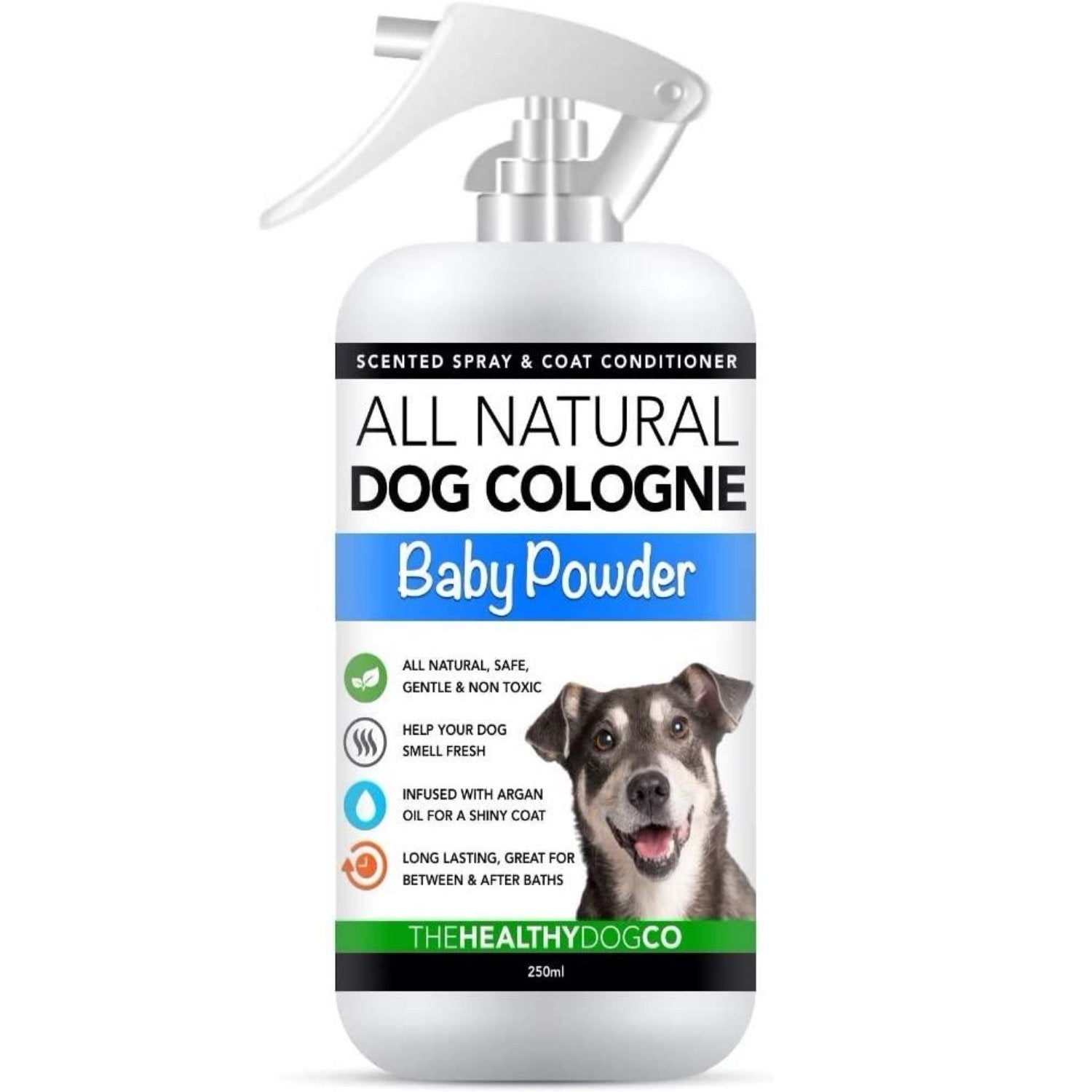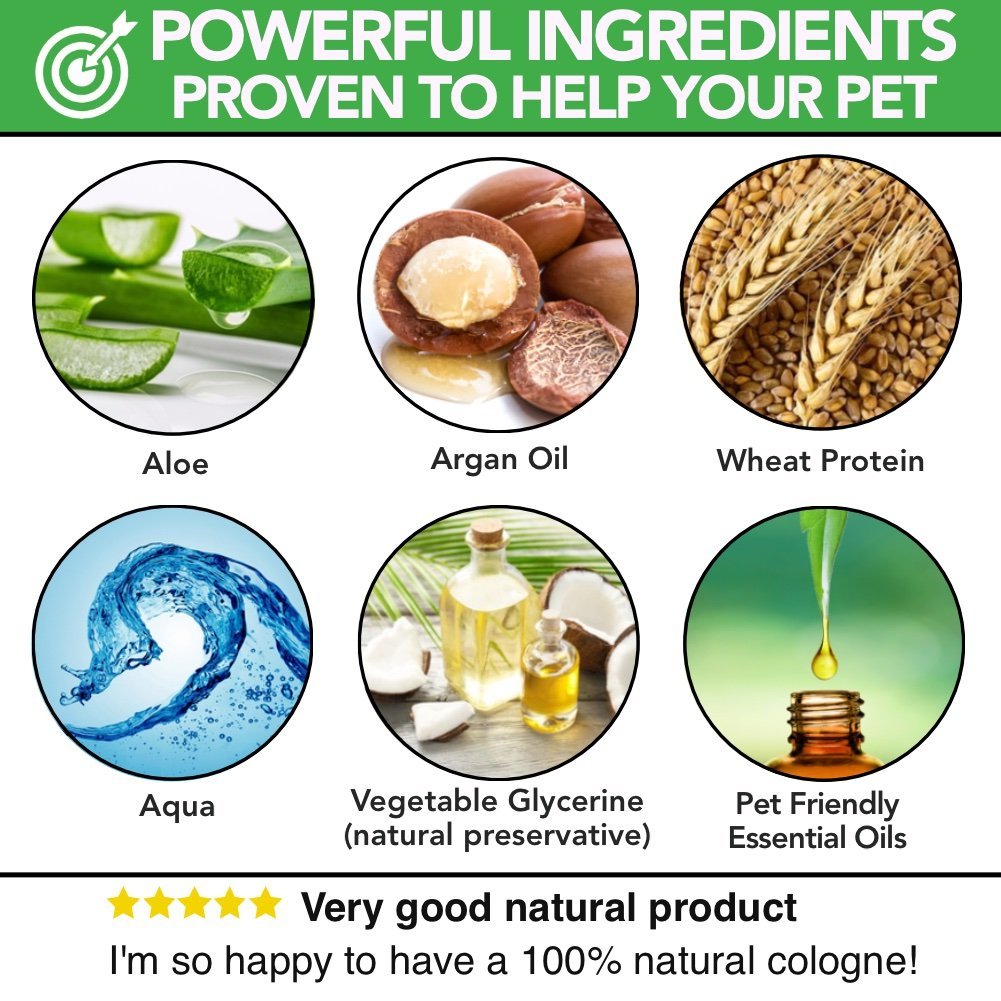
Whipworms in Dogs: Treatment and Prevention

Does your dog have chronic or bloody diarrhoea? Has it lost a lot of weight?
Well, I hate to be the bearer of bad news but it may be whipworms. A few whipworms may not do a lot of damage. However, if your dog happens to consume a lot of whipworm eggs, they can multiply and cause a lot of digestive and intestinal damage.
Whipworms in dogs are becoming rarer due to an increase in worm treatments. When they do occur, however, they are a nasty business. If your dog is having any of the symptoms listed above, it’s time to ask your local veterinarian to run some samples.
What are whipworms?
Whipworms, or Trichuris Vulpis, in dogs are quarter-inch-long parasitic worms. They mostly thrive in the dog’s cecum. The cecum is the pouch that forms the first part of the large intestine. The worms attach to the mucosal lining.
The way they feed is that they use their whip-like rear ends to tear at the intestine and then they feed off the damaged tissue. They’re also vampiric as they consume blood as well. That’s what can make your dog anaemic if whipworms are left untreated.
What do whipworms look like?
Whipworms have a very thick front end and the rear end is shaped like a whip, hence their name.
Dogs can get whipworms by eating soil or anything else that can contain dog faeces. The faeces contain the eggs. They are so small that they can only be detected by a microscope. While running the tests, most veterinarians have to water the samples down with a salt solution to get the eggs to float up to the top.
The eggs are very sturdy, which, unfortunately, makes them hard to get rid of. Interestingly, dogs are more likely to get whipworms by eating contaminated soil than by eating their faeces directly. They can also swallow the eggs by grooming themselves after being in a contaminated area. The eggs, unfortunately, can stay in the soil for up to five years. Since they’re microscopic, they can be almost impossible to get rid of.
Even though the larvae takes almost a month to develop, whipworms don’t hatch unless they’re swallowed. They hatch once they land on the intestine and immediately start feeding. The larvae take between 10 days and two months to fully develop. Adult whipworms lay their eggs in the intestine and then they are then passed through the dog’s stool. Whipworms don’t fully mature until about three months. However, it takes new females only between 11 and 12 weeks to start laying eggs.
Another is that whipworms are species-specific so dogs can only get each other’s whipworms. As a result, the Trichuris Vulpis species has been found mostly in dogs.
How Whipworms in Dogs Diagnosed?
Since they thrive in the mucosal of the intestines and don’t lay eggs continuously, they can be hard to detect.
If your dog has numerous worms, they can cause symptoms related to Addison’s Disease. These include dehydration, anaemia and rapid weight loss. Another common symptom is bloody diarrhoea. If your dog doesn’t have that, then it may experience pain during a bowel movement or attempt frequent bowel movements.
How do you treat whipworms in dogs?
The Diagnostic Process
Since whipworm infections produce symptoms so similar to Addison’s Disease, the dog is usually tested for that first. If it comes back negative, whipworms are then suspected. The veterinarian then tries to diagnose it by examining your dog’s stools. He or she may ask for several samples because that’s how infrequently whipworms lay eggs.
However, if especially chronic diarrhoea is present, whipworms are then suspected. As a result, veterinarian prescribes treatment. If your dog responds to the treatment, that means that whipworms were present but not laying eggs.
Treatment for Whipworms in Dogs
There are several dog wormers for whipworms for dogs, such as fenbendazole and oxantel, that are very effective against whipworms. The typical treatment is given twice at three or four weeks. Subsequent treatments are advised every three to four months. Some veterinarians insist on doing three treatment in that interval. If you can’t afford that, a preventative medication that also prevents hookworms is just as effective.
The most popular treatment medication is Fenbendazole. It’s usually administered in threes-three days after the diagnosis, again three weeks later and then at the three-month mark.
When to Go to Your Local Veterinarian

If your dog has started to have frequent diarrhoea or bloody stools, that should be your cue to take it to your local veterinarian. Also, if your dog has lost a lot of weight very fast and/or suddenly has a picky appetite, that’s another reason to get it checked out.
A Quick Word About All Natural Tranquillity
While it’s not a dog wormer for whipworms or a whipworm medication, All Natural Tranquillity calming drops for dogs can help your dog stay relaxed during the trip to the veterinarian. It is also helpful with keeping dogs calm during fireworks and thunderstorms.
Stress can exacerbate the symptoms of diseases and make the dog very disruptive. If your dog tends to have a lot of anxiety in car rides, one or two full pipettes directly into its mouth or food before your trip to the veterinarian should do it.
FAQs about Whipworms in Dogs
While whipworms are not airborne, they are transmittal through the soil. Your dog can get some of the eggs on its fur if it rolls or plays in contaminated soil and then grooms itself
No, only the eggs can survive outside of the dog’s body.
It does happen but the chances of one of us contracting Trichuris virus is very low. Most of us don’t eat raw soil, grass or especially dog faeces. Also, dogs can’t spread it to humans through direct contact.
Most whipworm prevention medications also prevent other types of worms, such as heartworms. The main ingredient in most of them is milbemycin. Other ingredients include spinosad, lufenuron, praziquantel, moxidectin and imidacloprid.
They don’t have to be limited to dogs that have had whipworm issues before. They’re also designed to be preventative if whipworms tend to be particularly prevalent in your area. Be sure to ask your veterinarian about all common parasites in your area.
For starters, it’s one of the many reasons that it’s good to pick up your dog’s faeces promptly on walks. It’s also a reason not to leave them lying around in your yard or on your floor when your dog has an accident in the house.
If you have a sandbox in your yard, it’s always advisable to cover it when your kids are not using it. If you don’t have a fence or even a dog of your own, loose or stray dogs can still get to it.
Make sure your dog is having solid bowel movements most of the time. Remember, loose or bloody stools are often the first signs of whipworms.
It may be a good idea to use a dog wormer if you take it somewhere like a dog park regularly. Not that I don’t want you and your dog to have fun but you’re not in control of potential contaminations there.
Some dogs also have a habit of eating grass. In most cases, it seems to be out of boredom or anxiety rather than illness. Unless your dog is on worming prevention and you’re sure that there aren’t any pesticides on the grass, it’s not healthy for them to eat it.
Some simple ways to prevent your dog from eating grass is to keep it well exercised, play interactive games with it and/or give it a chew toy to use outside. Also, check with your local ASPCA about plants and chemicals that are toxic to dogs.
Conclusion
Whipworms in dogs are very nasty parasitic worms that thrive mostly in the dog’s cecum. They feed off of the damaged tissue that they make with their whiptails, which can cause a lot of abdominal distress and weight loss. If left untreated, they can lead to a lot of suffering and then a miserable death for your dog.
Whipworm infections are much rarer than they used to be thanks to the variety of medications that we have now. However, unfortunately, the world is still not completely free of them. Also, whipworms have a high chance of reinfection.
Fortunately, whipworms can easily be treated though they’re not always easy to detect. The eggs can only be detected microscopically and even so, the females don’t lay them all that frequently. As a result, most veterinarians tend to go ahead and prescribe whipworm treatment if Addison’s Disease-like symptoms are present but the dog tests negative for Addison’s.
About The Healthy Dog Co
The Healthy Dog Co’s mission is to create products that dog and cat owners can trust with the health of their pets by only producing products with healthy, safe, all natural ingredients.
At The Healthy Dog Co, it’s all about giving your pet a healthy and happy life with All Natural Health, Happiness and Care Products.
Because Your Pet Deserves Better!
Shop our range of All Natural Healthcare Products for your Dog or Cat today!


